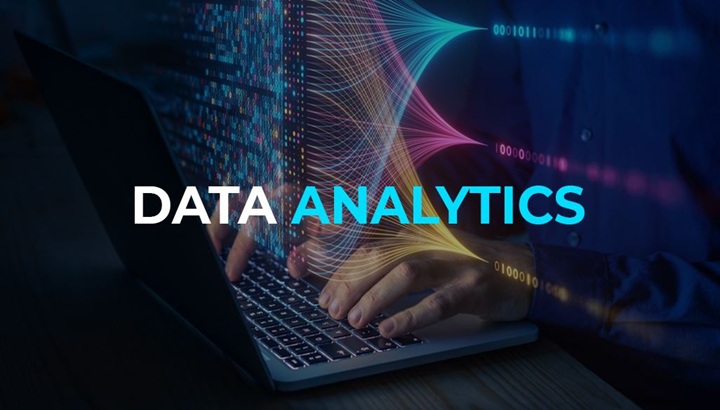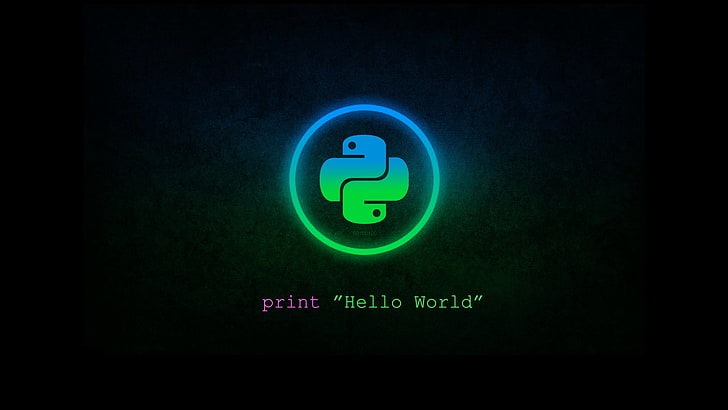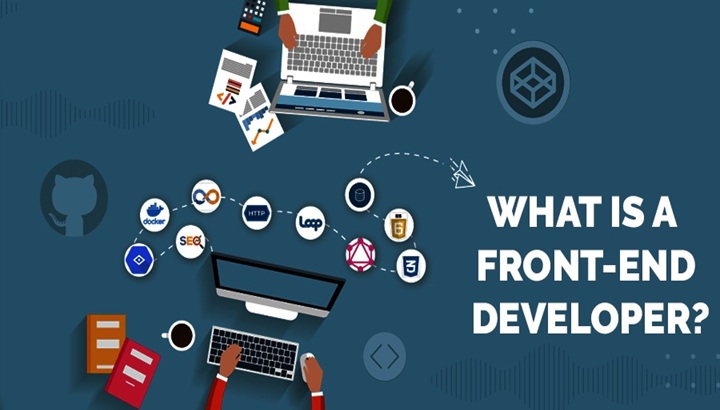The complete Data Analyst Course from beginner to advance
A data analyst begins their journey by learning Excel, which is used for basic data organization, cleaning, and analysis through formulas and pivot tables. They then move on to SQL, a powerful language for querying, filtering, and managing large datasets stored in relational databases. Statistics and probability are essential for understanding data patterns, trends, and making data-driven decisions. Python or R is learned next for advanced data manipulation, automation, and analysis using libraries like Pandas, NumPy, and Matplotlib. Data visualization tools such as Tableau or Power BI help analysts create interactive dashboards and visually communicate insights. As they progress, analysts explore data cleaning and preprocessing techniques to handle real-world messy datasets. Exploratory data analysis (EDA) is performed to identify trends, correlations, and outliers. At an advanced level, data analysts use machine learning basics like regression and clustering to make predictions or segment data. They also work on big data tools like Hadoop or Spark when dealing with large-scale data. Finally, strong communication and storytelling skills are developed to present findings effectively to stakeholders and support business decisions.
Data analysts play a crucial role in helping organizations make informed, data-driven decisions, making them highly valuable across industries such as finance, healthcare, marketing, and technology. The career offers strong job stability, high demand, and competitive salaries. It allows professionals to work on meaningful problems, uncover insights, and directly influence strategy and performance. The field is constantly evolving, encouraging continuous learning and upskilling. With the flexibility to work in various domains and even remotely, data analytics is a versatile and rewarding career path with excellent long-term growth potential.




